John W. Chinneck
A Fast Heuristic for Gateway Location in Wireless Backhaul of 5G Ultra-Dense Networks
Feb 22, 2021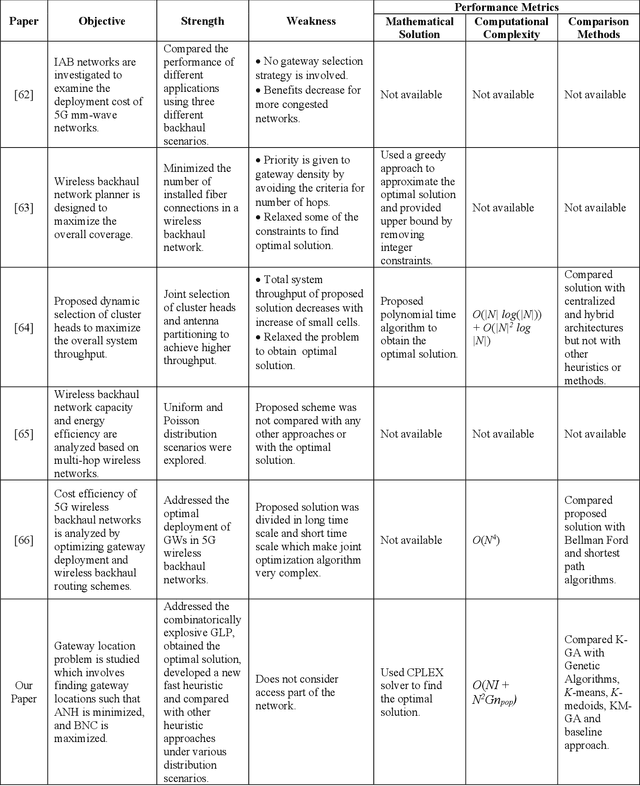

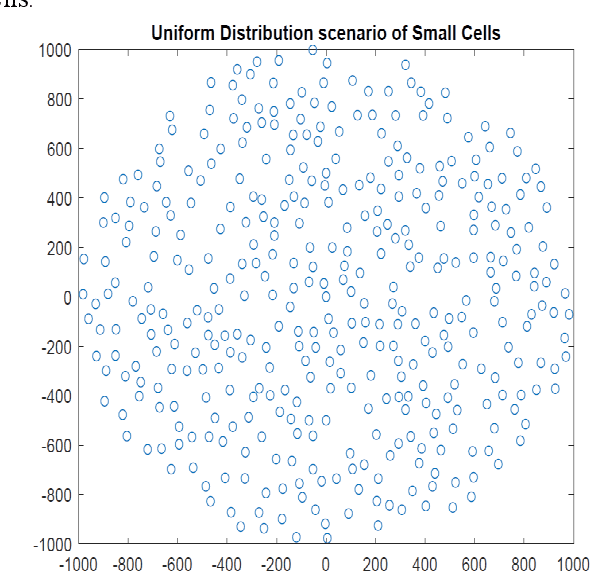

Abstract:In 5G Ultra-Dense Networks, a distributed wireless backhaul is an attractive solution for forwarding traffic to the core. The macro-cell coverage area is divided into many small cells. A few of these cells are designated as gateways and are linked to the core by high-capacity fiber optic links. Each small cell is associated with one gateway and all small cells forward their traffic to their respective gateway through multi-hop mesh networks. We investigate the gateway location problem and show that finding near-optimal gateway locations improves the backhaul network capacity. An exact p-median integer linear program is formulated for comparison with our novel K-GA heuristic that combines a Genetic Algorithm (GA) with K-means clustering to find near-optimal gateway locations. We compare the performance of KGA with six other approaches in terms of average number of hops and backhaul network capacity at different node densities through extensive Monte Carlo simulations. All approaches are tested in various user distribution scenarios, including uniform distribution, bivariate Gaussian distribution, and cluster distribution. In all cases K-GA provides near-optimal results, achieving average number of hops and backhaul network capacity within 2% of optimal while saving an average of 95% of the execution time.
Faster Maximum Feasible Subsystem Solutions for Dense Constraint Matrices
Feb 10, 2021
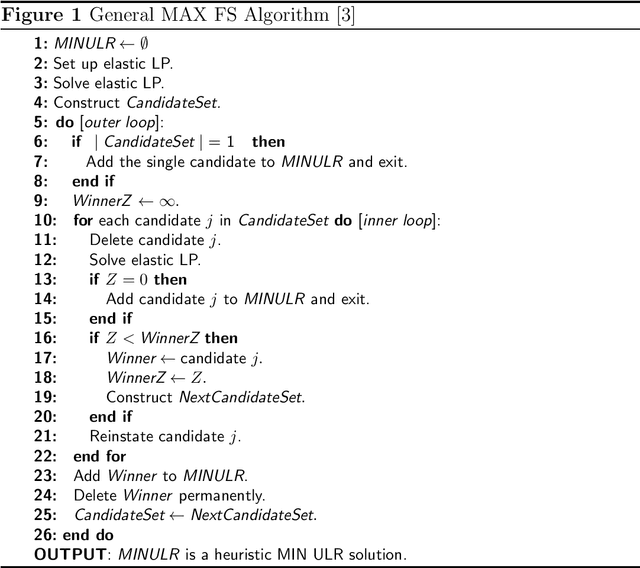
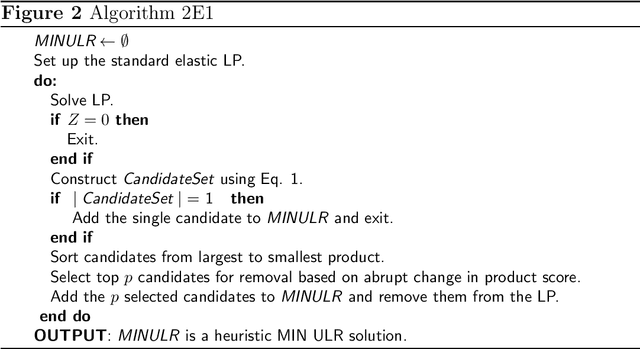
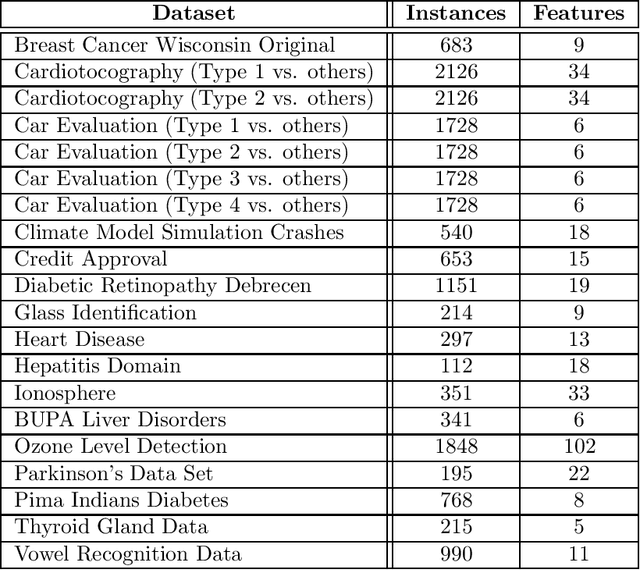
Abstract:Finding the largest cardinality feasible subset of an infeasible set of linear constraints is the Maximum Feasible Subsystem problem (MAX FS). Solving this problem is crucial in a wide range of applications such as machine learning and compressive sensing. Although MAX FS is NP-hard, useful heuristic algorithms exist, but these can be slow for large problems. We extend the existing heuristics for the case of dense constraint matrices to greatly increase their speed while preserving or improving solution quality. We test the extended algorithms on two applications that have dense constraint matrices: binary classification, and sparse recovery in compressive sensing. In both cases, speed is greatly increased with no loss of accuracy.
 Add to Chrome
Add to Chrome Add to Firefox
Add to Firefox Add to Edge
Add to Edge